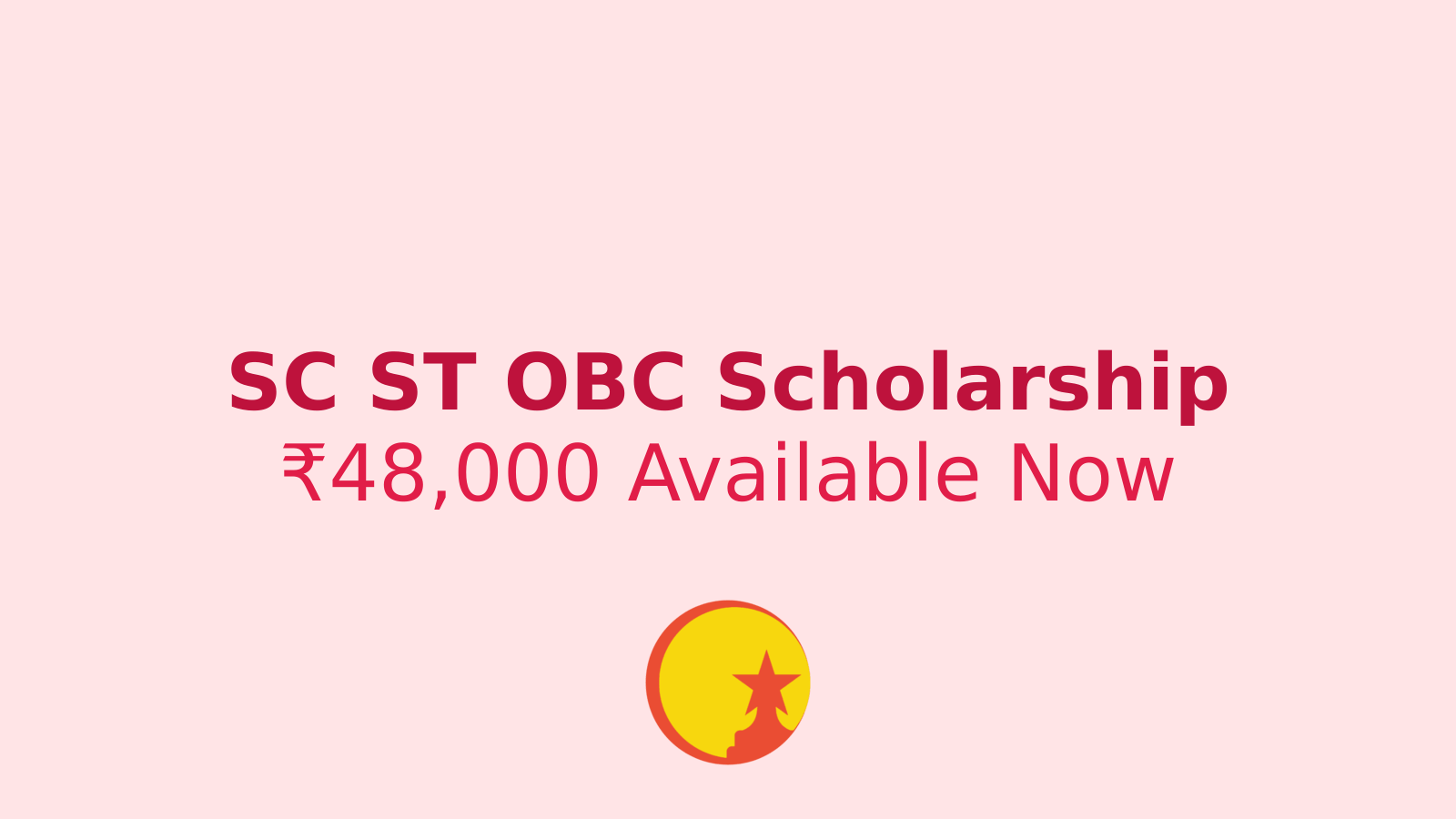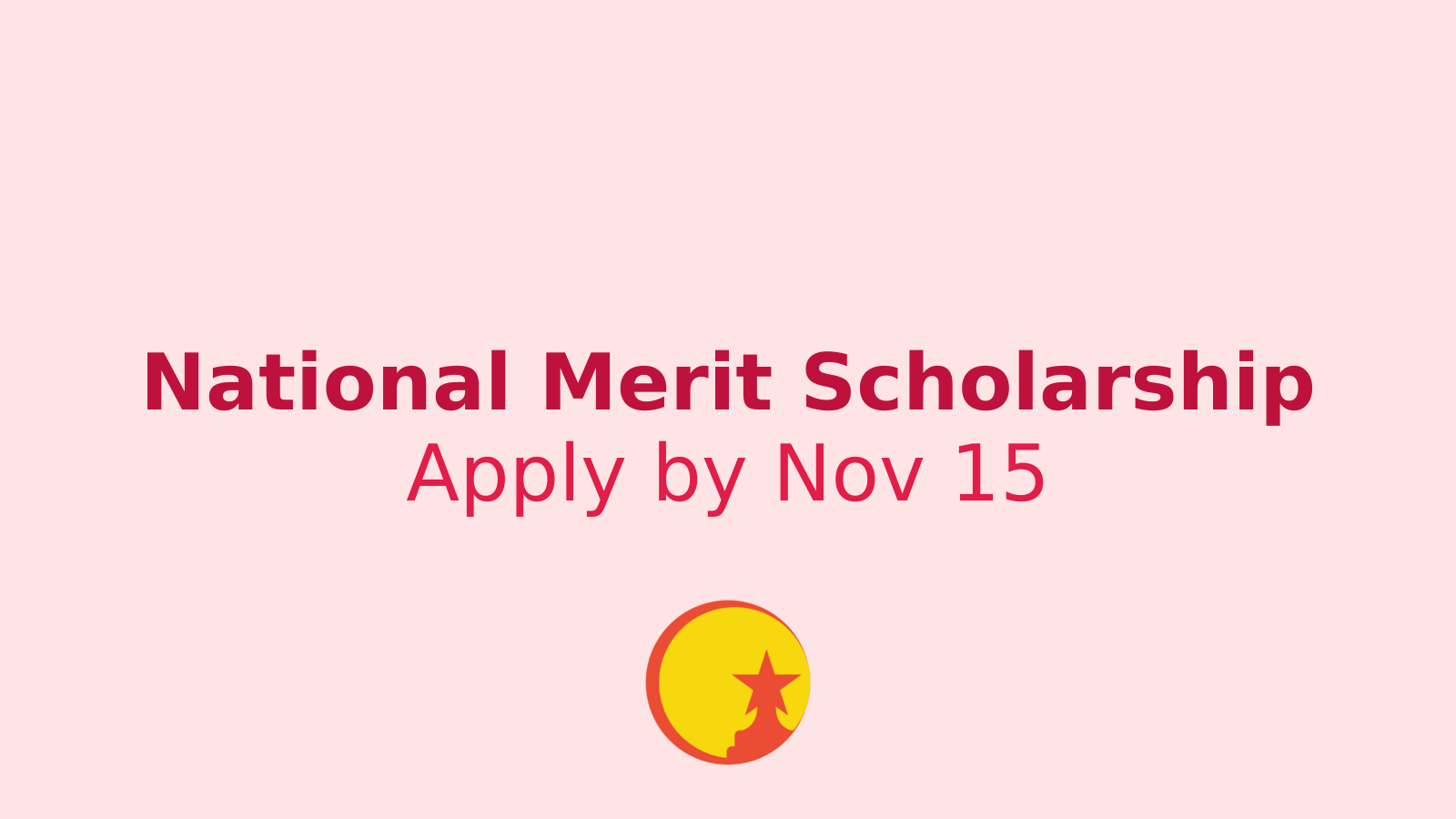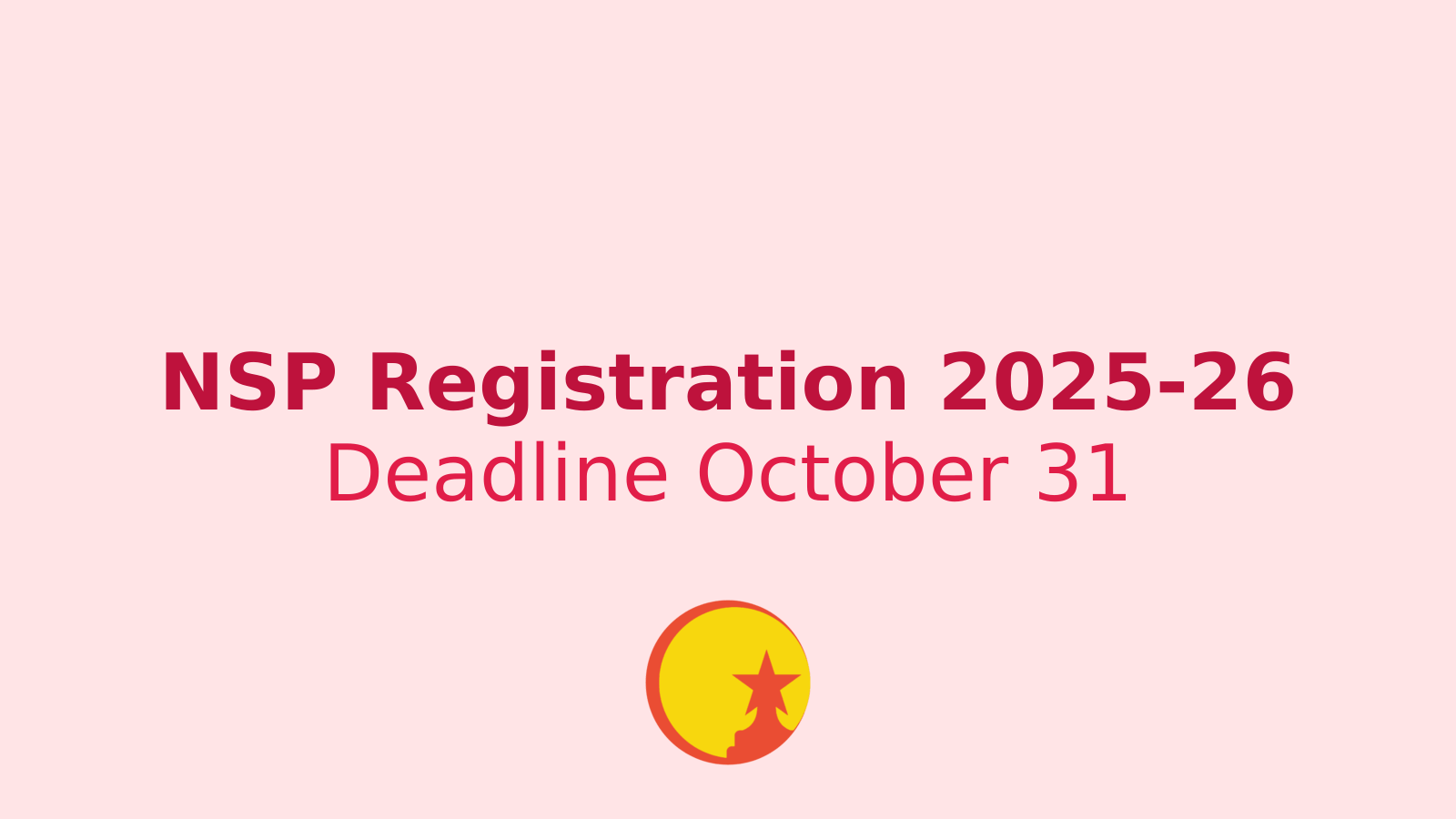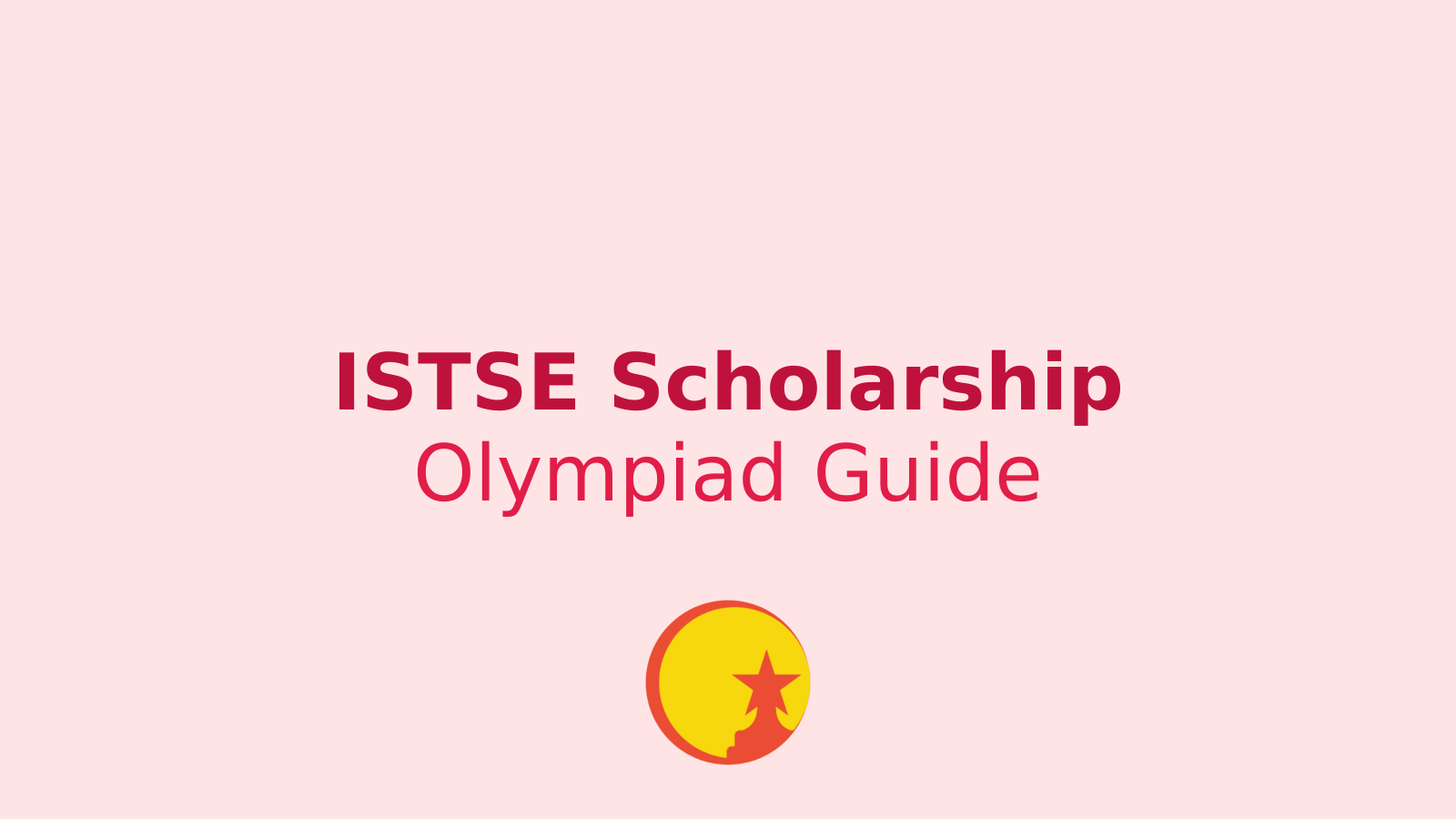The Indian government has launched a scholarship programme that offers real financial support to students who need it most. The SC ST OBC Scholarship 2025 provides up to ₹48,000 per year to help students from scheduled castes, scheduled tribes, and other backward classes complete their education without financial stress.
This isn't just another government scheme that sounds good on paper. The money goes directly into students' bank accounts and covers tuition fees, hostel charges, and study materials. If you belong to an SC, ST, or OBC category and are currently studying in a recognised institution, this scholarship could make a genuine difference to your educational journey.
Who Can Apply for This Scholarship
Before you start filling out forms, you need to know if you qualify. The government has set clear rules about who can receive this financial aid.
First, you must be an Indian citizen. This might seem obvious, but it's a basic requirement that disqualifies many applicants who assume otherwise.
Second, you need to be enrolled in a recognised school, college, or university. The government won't fund your education at an unaccredited institution, no matter how good it claims to be.
The income limits are strict but reasonable. If you belong to SC or ST categories, your family's annual income must not exceed ₹2.5 lakh. For OBC students, the limit is lower at ₹1.5 lakh per year. These limits ensure the scholarship reaches students who genuinely need financial support.
Academic performance matters too. You need at least 50% marks in your previous examination. This requirement keeps the focus on students who are serious about their studies and likely to complete their courses.
Only regular students can apply. If you're studying through distance education or correspondence, this scholarship doesn't cover you. The government wants to support students who are fully engaged in their academic programmes.
How Much Money Will You Receive
The scholarship amount varies between ₹36,000 and ₹48,000 per year, depending on your course and institution. The government determines the exact amount based on what you're studying and where.
The payment goes straight to your bank account. There are no middlemen, no cash handouts, and no cheques that might get lost in the mail. The government uses direct bank transfer to make sure you get your money quickly and safely.
You can use this money for several education-related expenses. Tuition fees are covered, which is often the biggest cost for students. Hostel fees are included if you live away from home. You can also use the funds for books, study materials, and other legitimate educational expenses.
Both central and state governments work together on this scheme. This partnership means more students can benefit and the processing of applications happens faster than if only one level of government was involved.
The Application Process Step by Step
Applying for this scholarship is entirely online. You don't need to visit any office or stand in any queue. Here's how to do it properly.
Start by visiting the National Scholarship Portal (NSP) or your state's scholarship portal. These are the only official websites for applications. Ignore any other sites that claim to help you apply, especially if they ask for money.
Create an account by registering with your basic details. Use an email address you check regularly and a mobile number that actually works. The government will contact you through these channels.
Fill in the application form carefully. The form asks for personal details, educational information, and family income details. Double-check every entry before moving to the next section.
Upload all required documents. The system will tell you what format and size each document should be. If your documents don't meet these requirements, your application will be rejected, and you'll have to start over.
Review everything before you hit submit. Once you submit the application, you can't change the information. Look at each section one more time to catch any mistakes.
After submission, you'll get a registration number. Save this number. You'll need it to check your application status and for all future correspondence about your scholarship.
Documents You Must Have Ready
Gathering documents before you start the application saves time and reduces frustration. Here's what you need:
Your Aadhaar card is essential. The government uses Aadhaar to verify your identity and transfer money to your account. Make sure your Aadhaar details match your other documents.
A caste certificate proves you belong to SC, ST, or OBC category. Get this from your local revenue office if you don't have it already. The certificate must be recent and issued by a competent authority.
An income certificate shows your family's annual earnings. This certificate should be less than six months old when you apply. Old income certificates get rejected.
Your previous exam marksheet demonstrates your academic performance. For first-year students, this means your class 12 marksheet. For others, it's the marksheet from your most recent examination.
Bank account details are crucial because the scholarship money goes directly to your account. The account must be in your name and linked to your Aadhaar. A bank passbook or cancelled cheque showing your account number and IFSC code works as proof.
A passport-size photograph completes your application. Use a recent photo with a plain background. Selfies and casual photos get rejected.
Important Dates You Should Know
The application process opened in October 2025. This means you can apply right now if you meet the eligibility criteria.
The last date to apply will likely fall at the end of November 2025. The government hasn't announced the exact date yet, but based on previous years, November-end is a safe assumption. Don't wait until the last day to apply. Technical problems and server overload are common when deadlines approach.
The selection list should come out in December 2025. This list will contain the names of all students who qualified for the scholarship. You can check this list on the same portal where you applied.
Payment is expected to start from January 2026. If your name appears on the selection list, watch your bank account in January. The money should arrive within that month.
Common Mistakes That Lead to Rejection
Many applications get rejected every year. Most rejections happen because of avoidable mistakes.
Providing wrong information is the top reason for rejection. Some students think small lies won't matter, but the government verifies every detail. If your income certificate says one thing and your bank statements show something else, your application gets thrown out.
Uploading poor-quality documents causes many rejections. If the system can't read your certificates because the scan is too dark or blurry, your application fails. Take clear, well-lit scans of all documents.
Missing the bank account-Aadhaar link leads to payment failures. Even if your application gets approved, you won't receive money if your bank account isn't linked to your Aadhaar. Fix this before you apply.
Applying after the deadline means automatic rejection. The system doesn't accept late applications, no matter how good your reason is.
Using documents that don't match creates red flags. If the name on your Aadhaar is slightly different from the name on your marksheet, the system might reject your application. Make sure all documents show your name in exactly the same way.
What Happens After You Apply
Once you submit your application, it goes through several stages of verification. Understanding this process helps you know what to expect.
First, the system does an automatic check of your documents. It verifies that all required documents are present and readable. If something is missing or unclear, you might get a notification asking you to upload it again.
Next, your institution verifies your details. Your school or college confirms that you're actually enrolled and that the information you provided is correct.
Then, the relevant department checks your caste and income certificates. This process can take several weeks because officials need to verify these documents with the issuing authorities.
After all verifications pass, your application goes to the final approval stage. If everything checks out, your name appears on the selection list.
You can track your application status throughout this process using your registration number on the portal.
Tips for a Successful Application
Apply early. The earlier you apply, the more time officials have to process your application and ask for corrections if needed.
Keep copies of everything. Save digital copies of all documents you upload and print copies of your filled application form. If any dispute arises, these copies prove what you submitted.
Use a good internet connection. Don't try to fill out the application form on a slow mobile data connection. Use a reliable broadband connection to avoid losing your data if the connection drops.
Fill the form in one sitting if possible. The system might time out if you take too long, and you'll lose all the information you entered.
Check your email and phone regularly after applying. The government might contact you for additional information or documents.
Don't pay anyone to help you apply. The application process is free and straightforward. People who offer to help for money are either unnecessary or running a scam.
Why This Scholarship Matters
Education costs keep rising. Tuition fees, books, hostel charges, and other expenses add up quickly. For families with limited income, these costs can force students to drop out or never enrol in higher education at all.
This scholarship changes that equation. With ₹48,000 per year, students can focus on their studies instead of worrying about money. Parents don't have to choose between educating their children and meeting daily expenses.
The scholarship also creates opportunities. Students who might have settled for a cheaper, lower-quality institution can now afford better colleges. This access to quality education can change career paths and life outcomes.
For many students, this scholarship isn't just financial aid. It's a recognition that their education matters and that society wants them to succeed.
What to Do If Your Application Gets Rejected
Rejection isn't the end. You have options if your application doesn't get approved.
First, find out why it was rejected. Log into the portal and check the status. The system usually provides a reason for rejection.
If the rejection happened because of a missing or unclear document, you can often resubmit. The portal might give you a chance to upload the correct document.
If you believe the rejection was a mistake, you can file an appeal. Each portal has a grievance redressal mechanism. Use it to explain your situation and provide additional proof if needed.
Contact the helpline number provided on the portal. The support staff can guide you on what steps to take next.
Don't give up after one rejection. Many students who faced initial rejection eventually received their scholarship after providing the right documents or clarifications.
Additional Support Available
The SC ST OBC Scholarship isn't the only financial aid available to students. Several other schemes might benefit you.
Merit-based scholarships reward academic excellence. If you have outstanding marks, you might qualify for additional funding beyond this scheme.
State-specific scholarships offer extra support. Many state governments run their own scholarship programmes for SC, ST, and OBC students. You can apply for these along with the central scheme.
Private scholarships from companies and NGOs provide another funding source. These often have different eligibility criteria and can supplement government scholarships.
Education loans with subsidised interest rates help cover costs that scholarships don't fully meet. Banks offer special loan schemes for students from disadvantaged backgrounds.
Check all available options and apply for every scheme you qualify for. Each source of funding reduces your financial burden and makes education more accessible.
Your Next Steps
If you meet the eligibility criteria, start your application today. Don't wait for the deadline to approach.
Gather all your documents first. Having everything ready makes the application process smooth and quick.
Visit the National Scholarship Portal or your state's scholarship portal. Create your account and begin filling out the form.
Take your time with each section. Accuracy matters more than speed.
Submit your application and save your registration number. Check the portal regularly for updates on your application status.
This scholarship represents a real opportunity to continue your education without financial stress. The application process is open now, and thousands of students will benefit from this scheme. Make sure you're one of them.
Read more articles in News & Updates Category or in Oct 2025 Month





